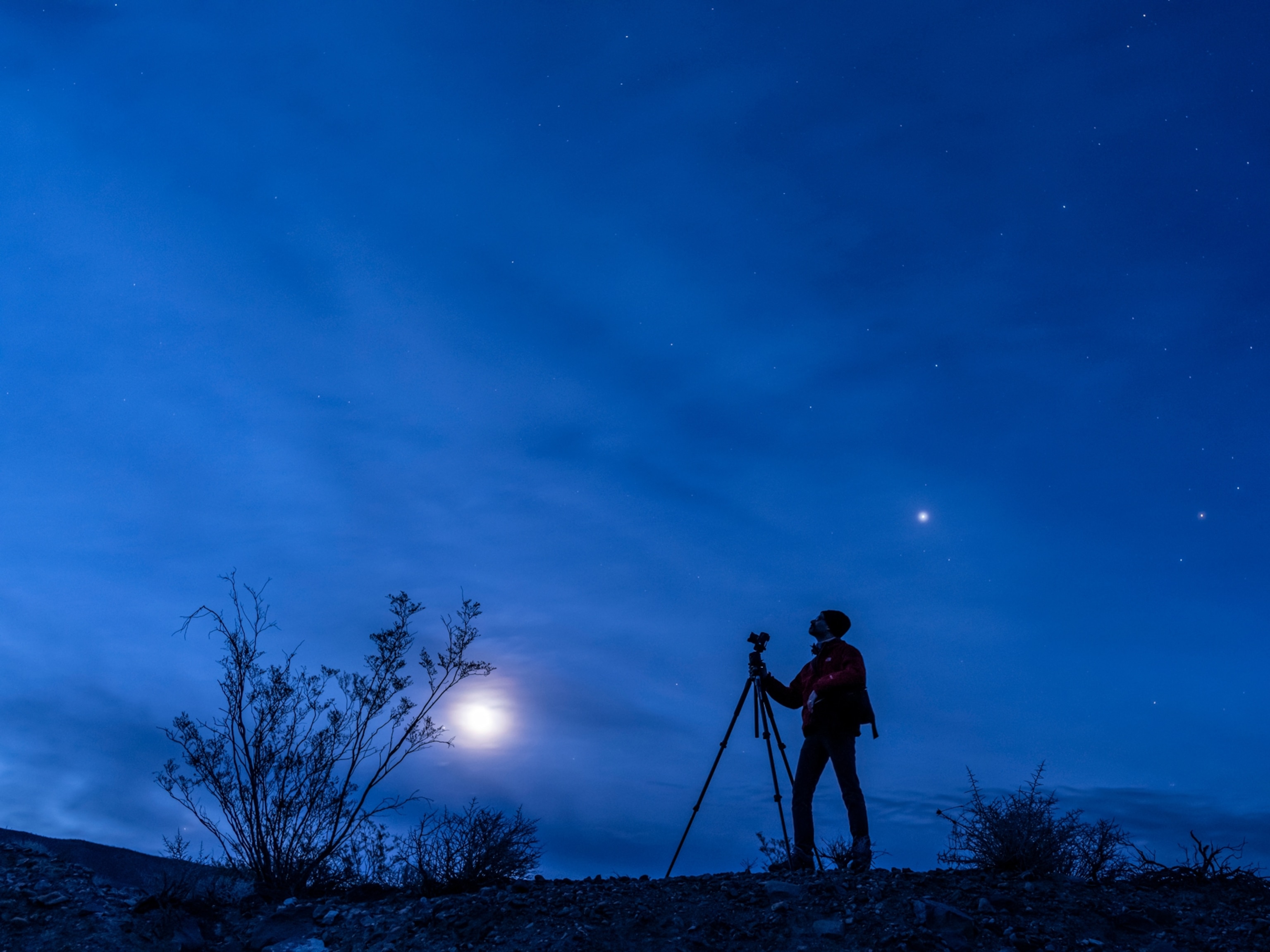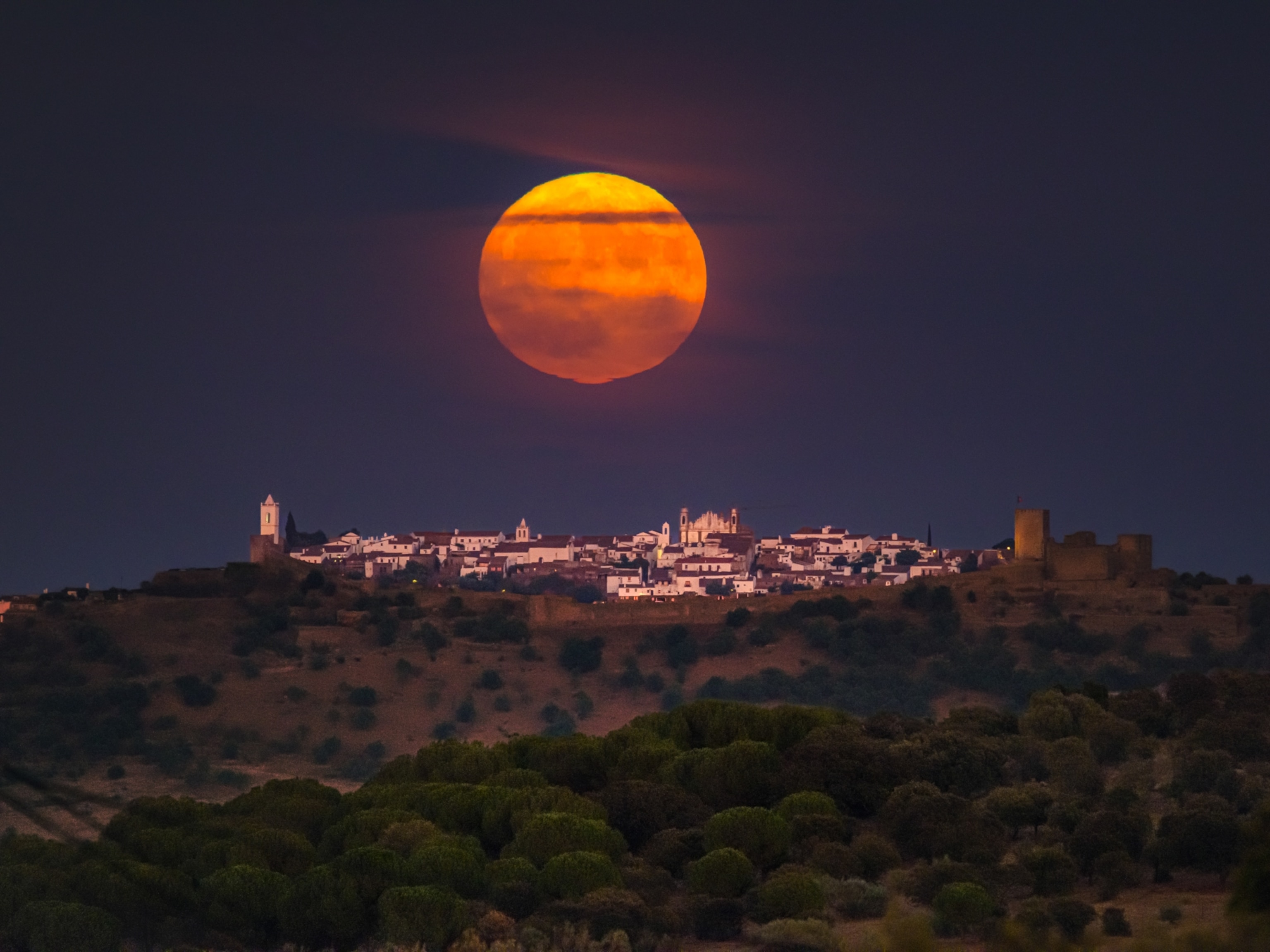
How to watch South America’s total eclipse from anywhere
The first total solar eclipse since 2017 will put on a sunset show over Chile and Argentina.
Late in the afternoon of Tuesday, July 2, a rare total eclipse will completely block the sun over parts of South America. It’s the first total solar eclipse anywhere on Earth since the Great American Eclipse of August 2017, which sent millions of people flocking to a narrow strip of the United States from Oregon to South Carolina.
Lucky sky-watchers in Chile and Argentina will have a front-row seat for the total eclipse, while larger regions of South America will witness a partial eclipse. And around the world, the rest of us can relive the excitement of the 2017 event with a great view online.
Multiple expeditions are setting up cameras along the path of darkness, live streaming the eclipse to the world as it unfolds. This year’s eclipse is expected to be particularly beautiful, offering views of the sun hovering low in the sky above a backdrop of mountains. (See the most mesmerizing photos of the 2017 Great American Eclipse.)
What to Expect
Though the Earth passes between the moon and the sun every month, a total solar eclipse occurs only when the three celestial bodies are perfectly aligned and the moon casts its dark central shadow, called the umbra, onto the surface of the Earth.
On Tuesday, the moon's dark shadow touches down around sunrise over a remote, unpopulated part of the South Pacific Ocean about 2,000 miles northeast of Wellington, New Zealand. Unless there are boats or airplanes under the 95-mile-wide path of totality—where the entire sun is covered—no human will likely see this part of the eclipse.
The first official landfall for the dark shadow of the moon will be on a remote coral atoll called Oeno Island in the Pitcairn Islands, where a few adventurous eclipse chasers may be positioned.
The shadow then races across the open ocean until the eclipse makes landfall again, on the South American continent in central Chile. At 3:15 p.m. local time (19:15 UT) around the town of La Serena, the first bite taken out of the sun becomes visible.
The total eclipse, when the sun is completely covered, begins at 4:38 pm local time (20:38 UT). Large crowds of eclipse travelers have gathered in the La Serena area, where they can expect to witness two minutes and 17 seconds of darkness during totality.
The shadow then glides southeast through central Argentina, leaving the Earth's surface at local sunset just before reaching Río de la Plata and the nation of Uruguay.
Partial phases of the eclipse—where only a percentage of the sun is covered by the lunar disk—will be visible across all of South America, except the most northern and southern regions. Viewers across Brazil, Paraguay, Peru, and Uruguay will see large bites taken out of the sun.
Watch Worldwide
Armchair astronomers around the globe can view live webcasts of the eclipse via multiple feeds beamed from the path of totality.
In an astronomical stroke of luck, the path of totality will pass over two of the world’s largest telescopes, both in Chile. San Francisco's Exploratorium museum will host a live stream of the view from one of them, the National Science Foundation's Cerro Tololo Inter-American Observatory (CTIO), which is about 50 miles east of La Serena, beginning at 3:23 p.m. EDT (19:23 GMT).
The European Southern Observatory’s La Silla Observatory, which like CTIO is situated in Chile's high Atacama desert, will have its own webcast of the eclipse starting more than an hour before totality at 3:15 p.m. EDT (19:15 GMT). Check it out on the event livestream or on YouTube.
Finally, TimeAndDate.com will stream the eclipse, featuring live views through telescopes, with a broadcast starting at 3 p.m. EDT (19:00 GMT).
The entire event lasts just 161 minutes, with the moon's shadow traveling along a path approximately 5,900 miles long.
Special for Science
This weekend's celestial alignment is a special chance for professional astronomers to study the corona, the outer atmosphere of the sun, which is usually hidden by the glare of the sun.
This will be only the third time in the last half-century that the path of totality has passed over a major astronomical observatory—in this case, two of them. The next time this happens will be in April 2024, when the sun will be completely blotted out above Mont-Mégantic Observatory in southeastern Quebec, Canada.
At schools in Chile, Argentina and Peru, students and teachers will watch the eclipse through more than 40,000 solar glasses that were recycled from the 2017 North American eclipse by the international non-profit organization Astronomers Without Borders.
For observers along the path of the eclipse, astronomers recommend using either a professionally manufactured solar filter in front of a telescope or camera, or eclipse-viewing glasses that sufficiently reduce the sun's brightness and filter out damaging ultraviolet and infrared radiation. (Check out a DIY alternative: Build an eclipse viewer).
Coming Soon: More Eclipses
The next solar eclipse will occur on December 26, 2019, crossing over Saudi Arabia, southern India, and Indonesia, another on June 21, 2020 across Central Africa, the Middle East and Asia. After that, sky-watchers in South American can expect a repeat total eclipse in December 14, 2020.
In North America, the next not-to-miss event is five years away, on April 8, 2024, when a total solar eclipse will once again cross into the United States. This time it will pass from Mexico through Texas, cutting a diagonal line up to Maine and into Quebec, Canada.













